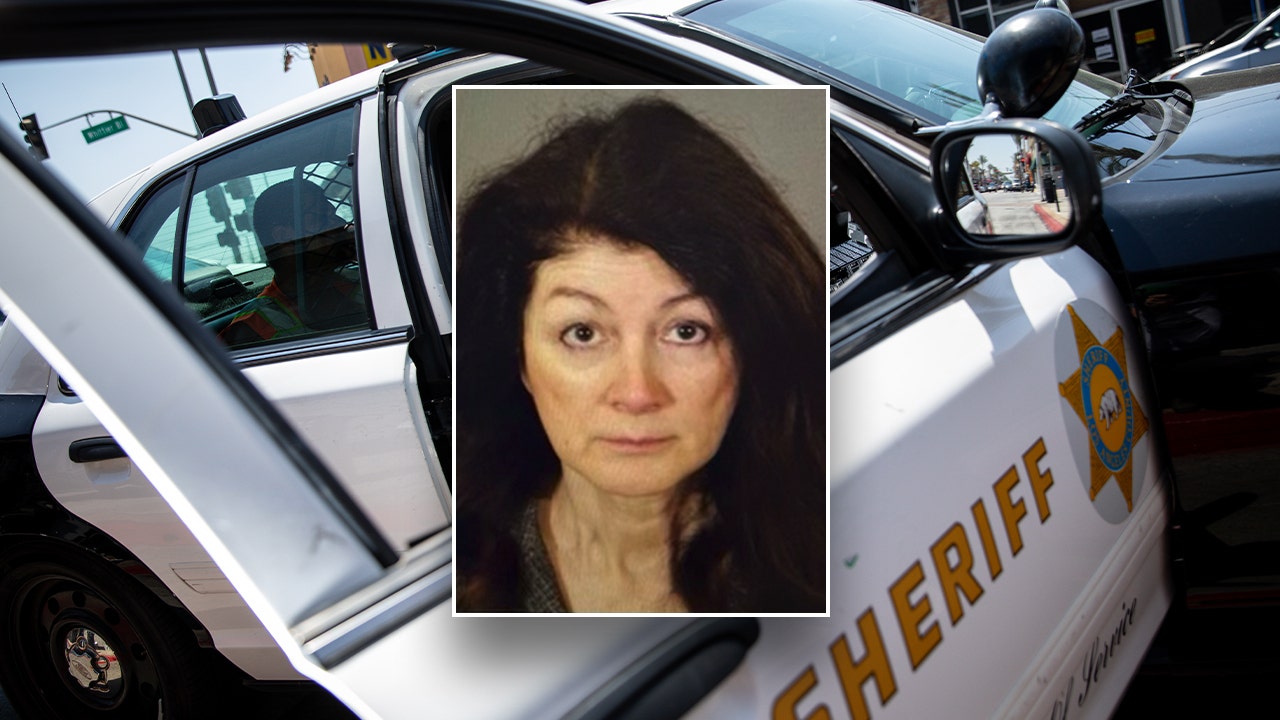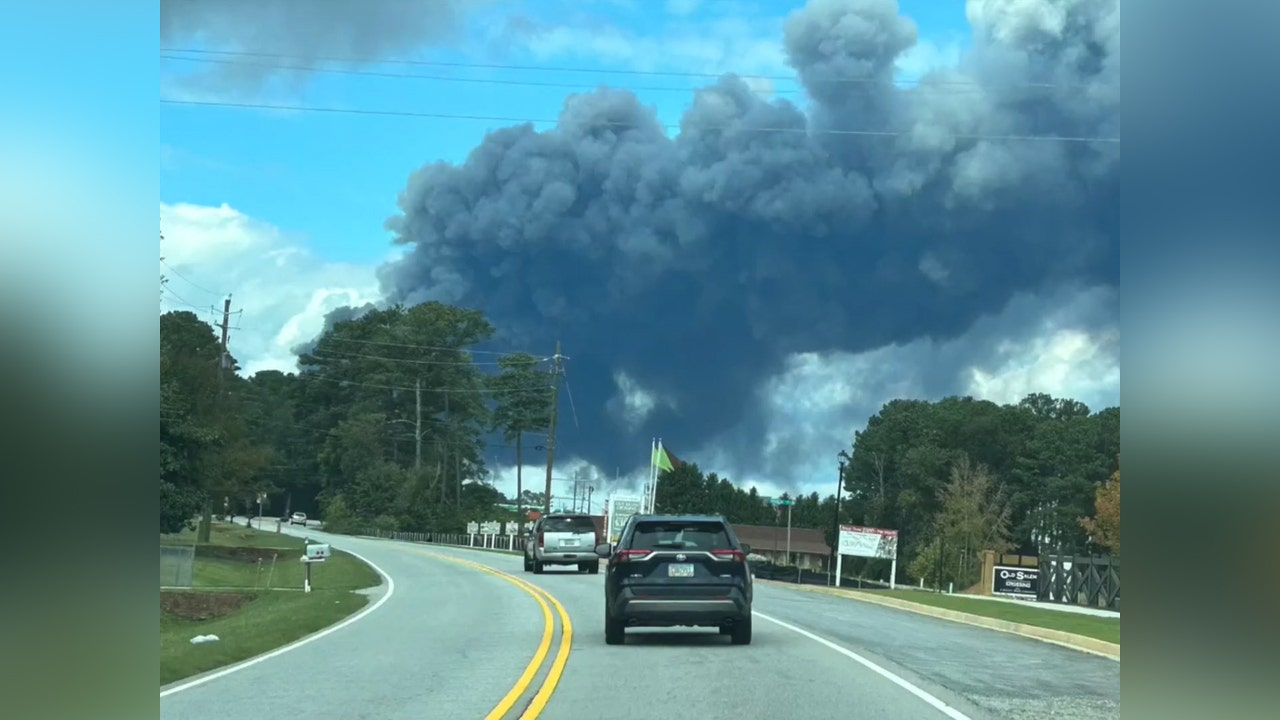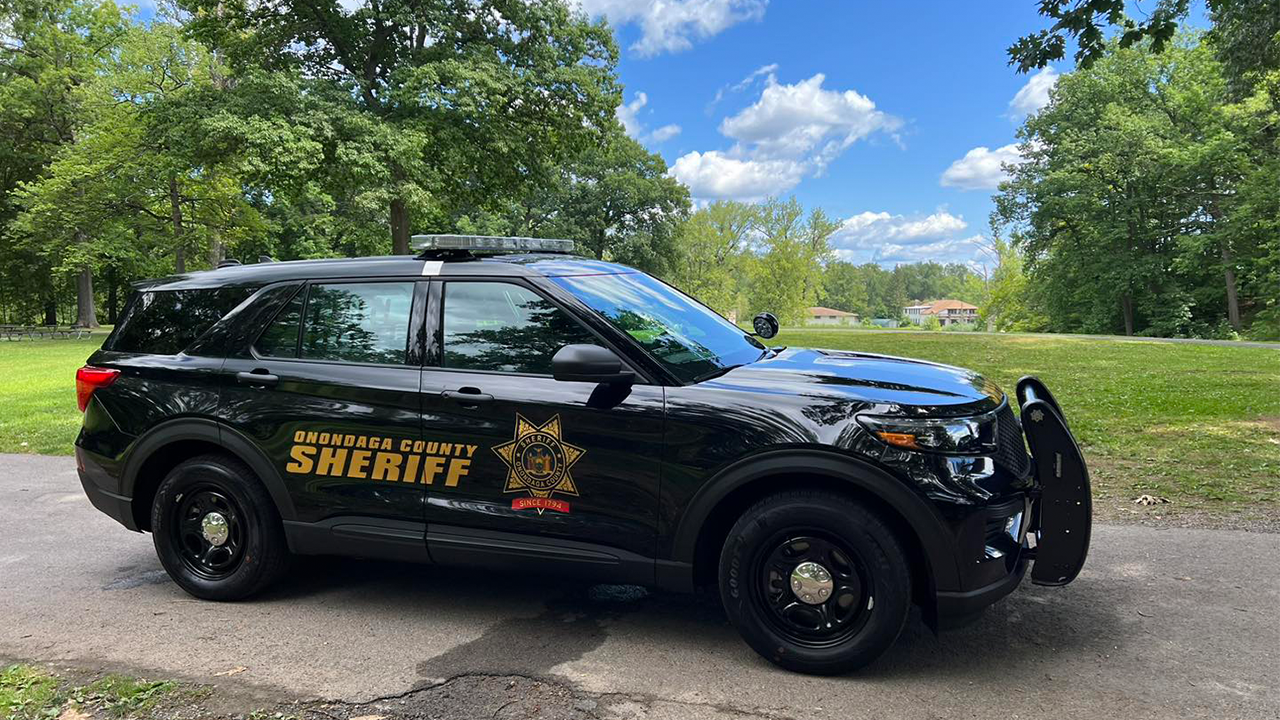Twenty-six minutes.
That’s how long it took New York City officials to send out an emergency alert about the earthquake that rattled the region on Friday morning.
By the time the alert went out at 10:49 a.m. to the more than 1 million New Yorkers who had signed up for the Notify N.Y.C. service, word of the earthquake had already spread on social media. A Wireless Emergency Alert was sent more broadly even later, with many New Yorkers reporting receiving it after 11 a.m., about 40 minutes after the earthquake had hit.
The response by the administration of Mayor Eric Adams comes after criticism over his handling of past emergencies. During major flooding and an onslaught of wildfire smoke last year, Mr. Adams was denounced for not giving residents adequate warning.
Zach Iscol, the city’s emergency management commissioner, defended the administration’s response at a news conference on Friday, arguing that officials needed time to confirm that the shaking was an earthquake and to put out the proper guidance before sending the alert.
“Twenty minutes is very, very fast for a public notification,” Mr. Iscol said.
Some elected officials were not impressed.
Shaun Abreu, a city councilman who represents northern Manhattan, wrote on social media that he didn’t know if he was “startled more by the earthquake” or the alert that was 39 minutes late. Justin Brannan, a city councilman who represents southern Brooklyn, posted the alert and wrote sarcastically, “Yes boo we know.”
When the earthquake hit at 10:23 a.m., many New Yorkers turned to X, formerly known as Twitter, for news. A series of alerts went out over the next hour, sending a cascade of beeps throughout the city.
In an interview Friday afternoon, Mr. Iscol said it was not the city’s job to “break news” to New Yorkers that the earthquake had occurred.
“The work we’re doing is to determine what is the most important guidance we need to put out in terms of life safety hazards,” he said, adding that residents might need to know about building collapses or gas leaks after an earthquake.
He said that the United States Geological Survey had confirmed the earthquake at 10:34 a.m., and the city’s alert had gone out less than 15 minutes later.
The alert at 10:49 a.m. was sent via the city’s Notify NYC electronic alert system, which has more than 1 million subscribers. The Wireless Emergency Alert was sent later to a broader number of cellphones in the New York area.
The first alert urged residents to stay indoors and to call 911 to report any injuries. A later NotifyNYC alert at 11:53 a.m. said New Yorkers could go back to their “usual activities.”
The mayor’s chief spokesman, Fabien Levy, was faster than the alert system, posting about the earthquake on social media at 10:42 a.m.
Mr. Adams, a Democrat in his third year in office, acknowledged that earthquakes were unusual in New York City and could be “extremely traumatic” for some. He urged New Yorkers to be aware that aftershocks could happen, though Mr. Iscol said the probability was “low.”
Mr. Iscol insisted that the city moved quickly enough to alert New Yorkers about the earthquake, despite a flood of complaints, including on social media.
“I think our team did a remarkable job today in getting it out to the public,” he said.
Jeffery C. Mays and Nate Schweber contributed reporting.






